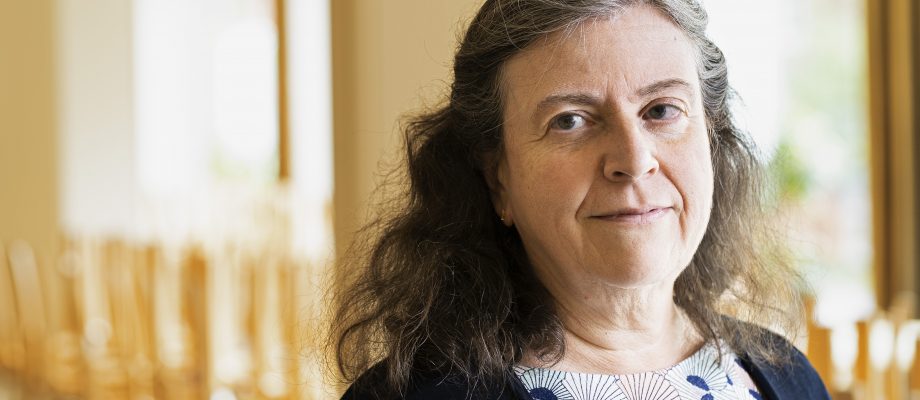GRANTS. Of the SEK 37 million that has just been awarded by the IngaBritt and Arne Lundberg Research Foundation, most goes to researchers from the University of Gothenburg. Professor Eva Forssell-Aronsson has been given the biggest grant. She can now buy a combined magnetic resonance scanner and positron camera for conducting research on radioactive pharmaceuticals to treat metastatic cancer.
Eva Forssell-Aronsson, a medical physicist and professor of medical radiation physics, focuses her research on the cancer response to radionuclide treatment and its side effects.
“We have received this funding to study new methods to treat metastatic cancer with radioactive tumor-seeking agents. We primarily study tumor diseases in which the tumors express hormone receptors,” Eva Forssell-Aronsson explains. “The work includes both studies to increase the treatment effect on tumor tissue and methods to reduce side effects.”
Seeking out metastases
The advantage of radioactive pharmaceuticals is their ability to reach metastases and tumor cells that have spread without needing to know their exact location in the body and that the radiation doses are delivered locally to the tumor tissue.
“The grant will be used to purchase a preclinical PET/MRI (positron emission tomography–magnetic resonance imaging) system for mouse and rat imaging. The PET/MRI equipment is a hybrid system containing both imaging modalities that makes it possible to examine the same animal using both methods without moving the animal.”
Lots of information in the same system
MRI provides anatomical images, and PET provides functional images. The MRI + PET combination shows where in the tissue the functional data indicated by PET occur. This allows technicians to then overlay images from both cameras to reveal even more information. MRI can also provide other functional information than PET.
“This support for translational research in Gothenburg is fantastic. We have previously had an antiquated MRI scanner that has been used for our own and many other projects in Gothenburg,” Forssell-Aronsson says. “The new PET/MRI camera will be easier to use and will provide higher quality images. In addition, it is the first positron camera for the imaging of animals in Gothenburg. The first corresponding PET/MRI system for patients has recently been installed at Sahlgrenska University Hospital, so now it will be easier to study the same parameters in both animals and patients.”
The research team will continue developing methods to better characterize tissue. The equipment will also be available to other research teams. This is the first time that Eva Forssell-Aronsson has applied for and received funding from the Lundberg Foundation.
“We are delighted to receive so many good, high quality applications and to be able to provide important support for research in areas of disease that seriously affect so many people,” comments Christina Backman, chair of IngaBritt and Arne Lundberg Research Foundation.
“Recurring themes include treatment with targeted therapies, artificial intelligence that enables equipment to recognize structures, and equipment for studying outcomes for kidney transplants. The foundation’s support is especially important because it is often difficult for researchers to obtain funding to invest in technical equipment,” says Olle Larkö, a professor of dermatology and venereology and a board member of IngaBritt and Arne Lundberg Research Foundation.
The other University of Gothenburg researchers who received grants from the Lundberg Foundation were: Tommy Martinsson (studies of the neuroblastoma form of childhood cancer, identification of therapeutic targets); Michael Olausson (equipment for studying ways to improve transplant outcomes); Margarita Trobos (equipment for studying infections associated with orthopedic implants); Anders Palmquist (mechanical evolution of bone tissue around orthopedic implants); Anders Björkman (correction of wrist deformities with virtual surgery planning); Andrei Chagin (aging of the skeletal stem cell niche in osteoporosis); and Claes Ohlsson (new specific biomarkers and pharmaceutical targets for fractures).
BY: SUSANNE LJ WESTERGREN











